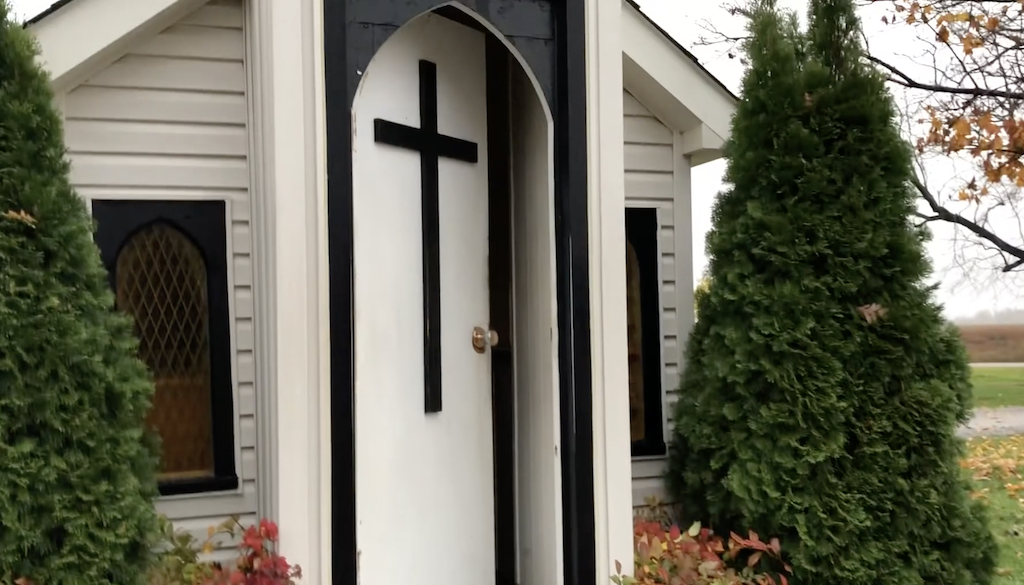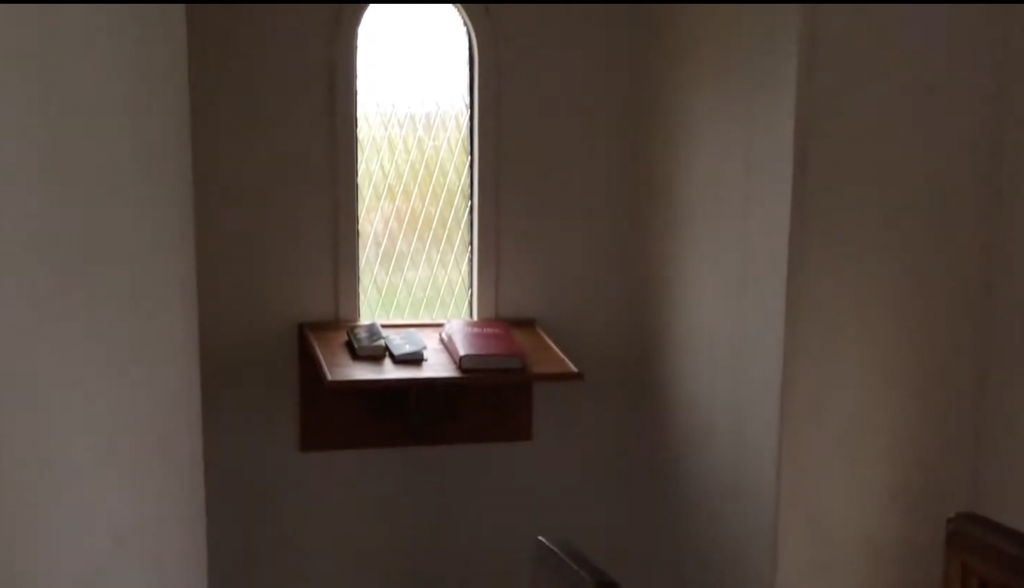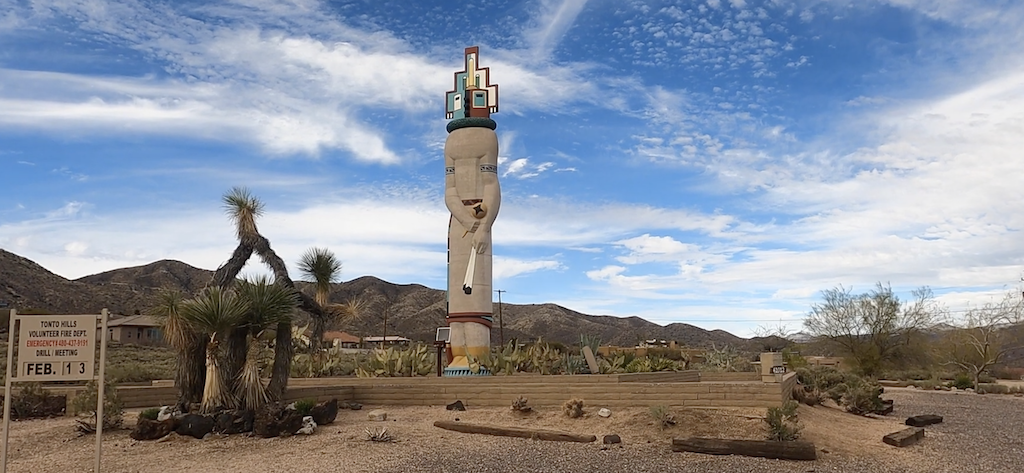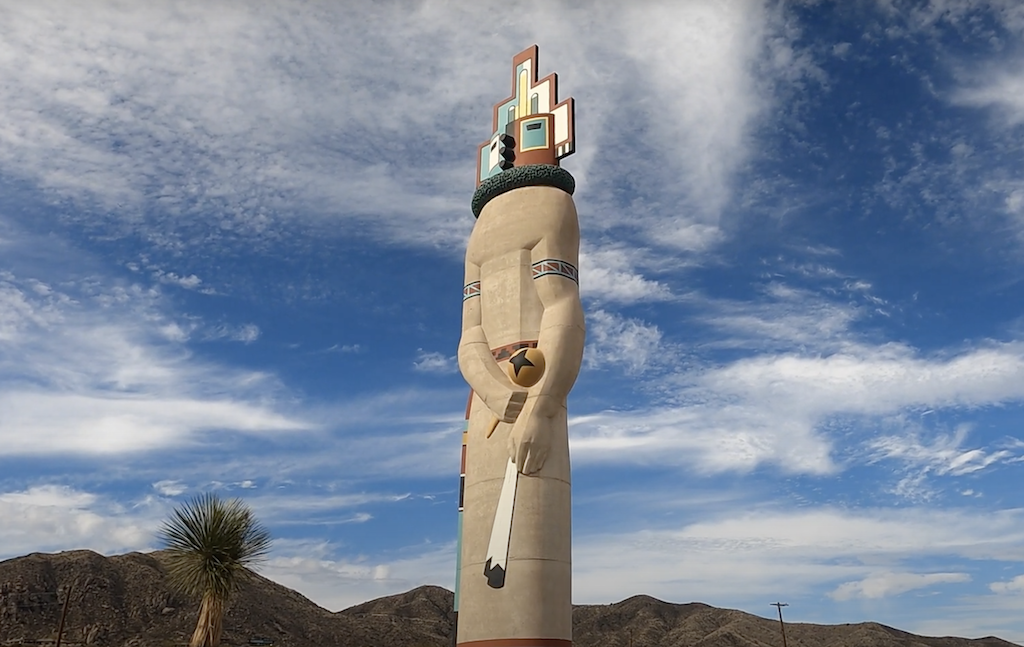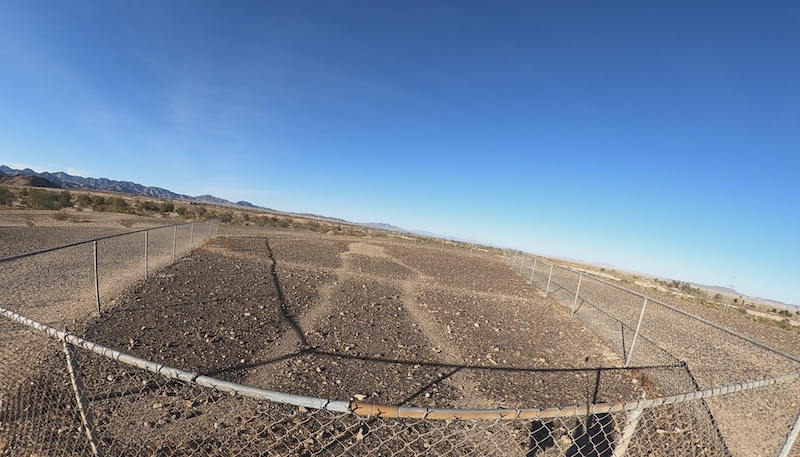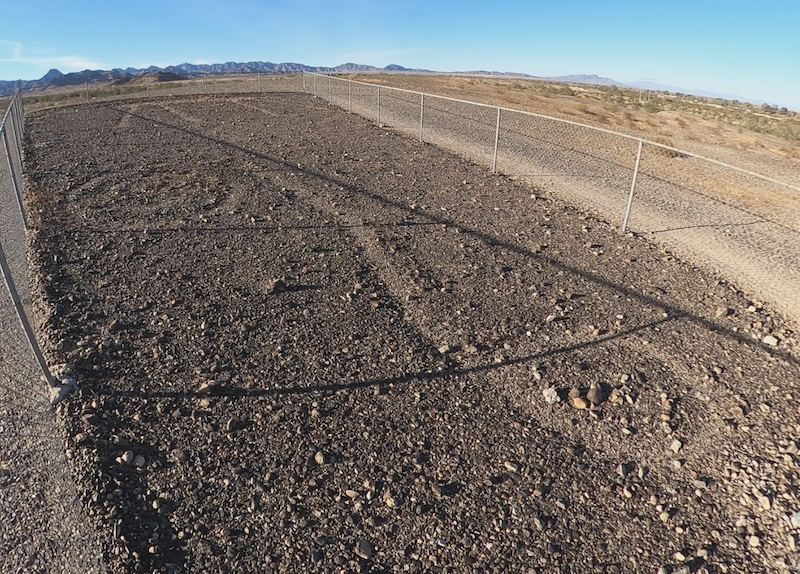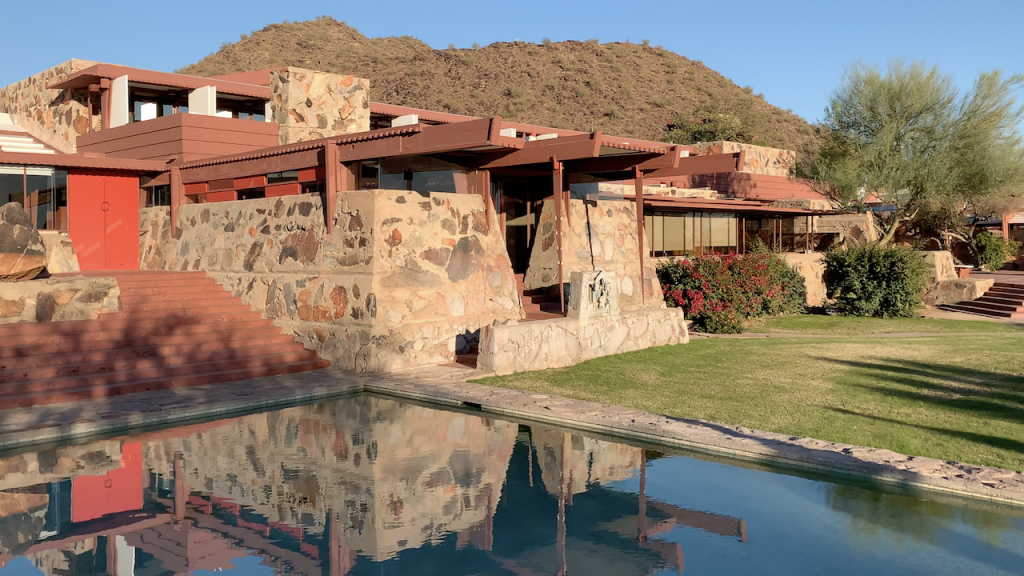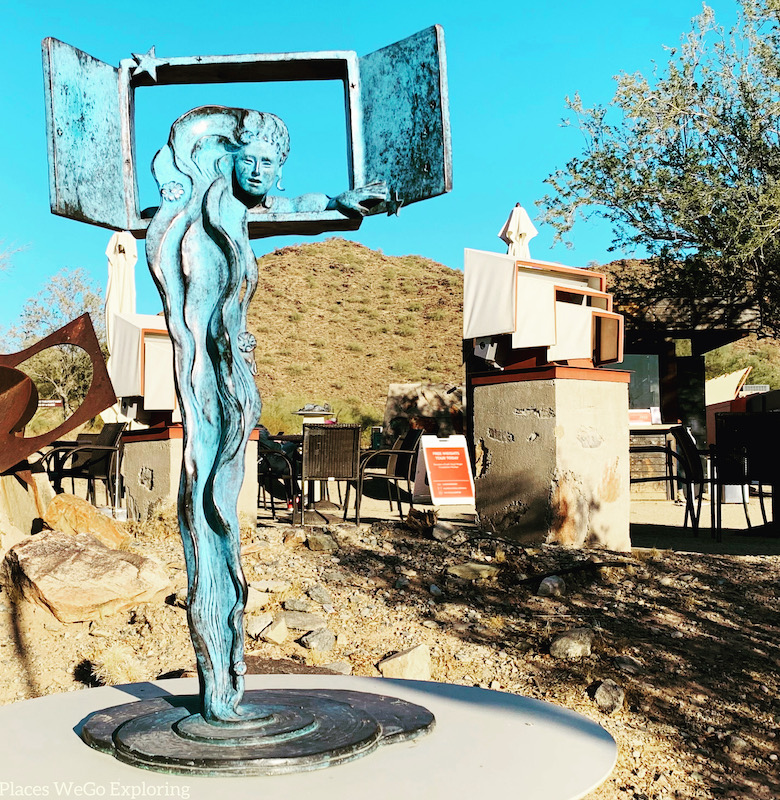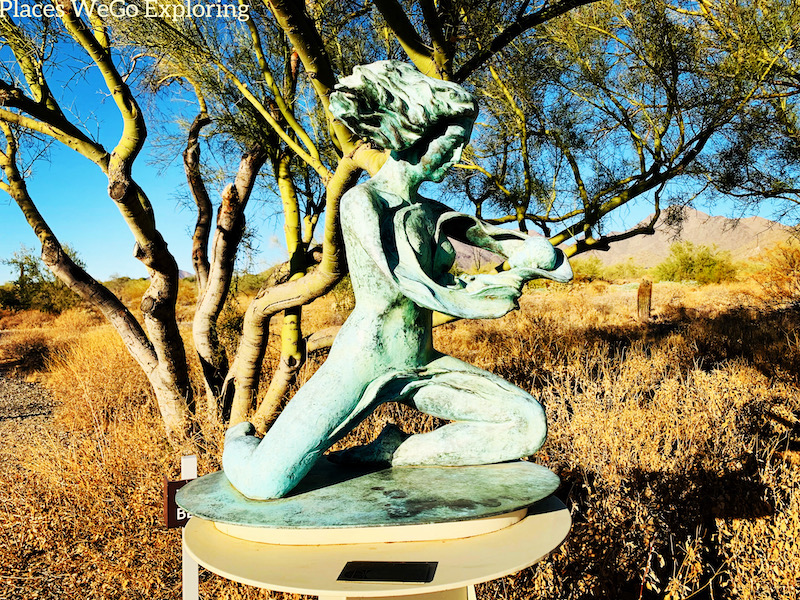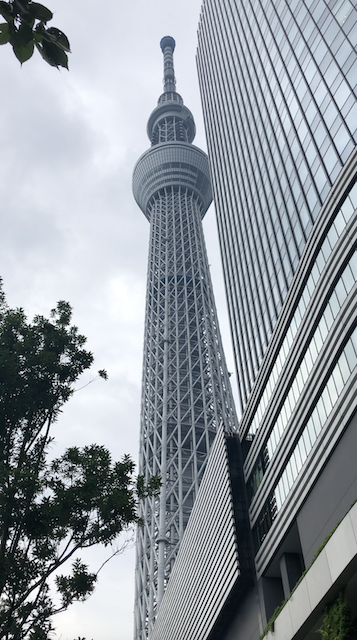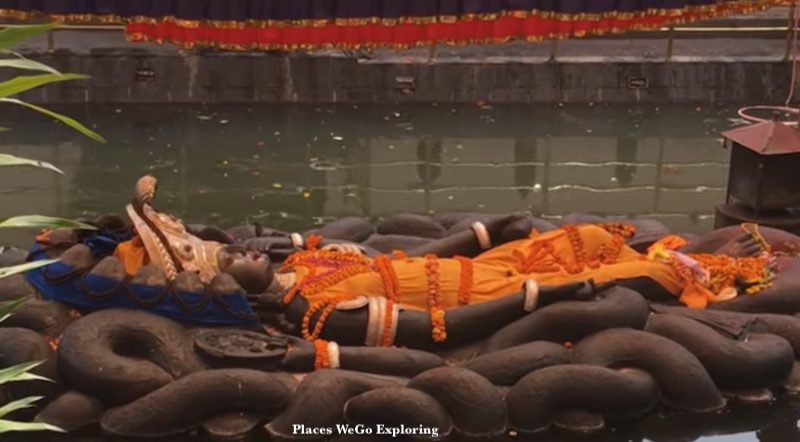
Budhanilkantha Temple is situated below the Shivapuri Hill at the northern end of the kathmandu valley. Sleeping Vishnu is carved on a huge black stone. An interesting feature of this shrine is that when Nepal was a Kingdom, the reigning King of Nepal was not to visit the spot according to an old tradition. The statue of Budha Nilkantha is considered the largest stone carving in Nepal. The temple is also known by Sleeping Vishnu Temple & Jal Narayan Temple.
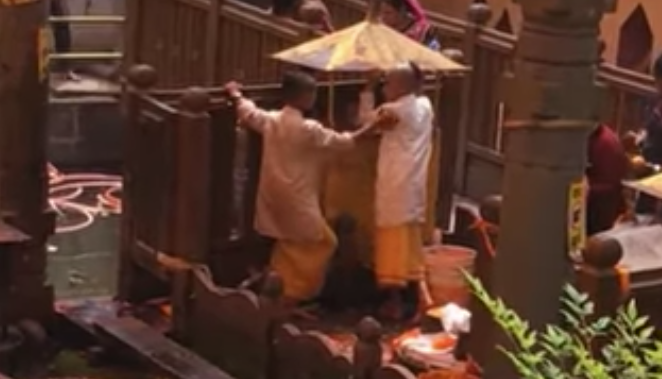
Interesting Facts:
(source: https://www.nepalisansar.com/culture/10-important-facts-about-nepals-budhanilkantha-temple)
The Budhanilkantha Temple has become the site where Haribondhini Ekadashi Mela takes place on the 11th day of the Hindu month of Kartika (October–November). Attended by thousands of pilgrims, it is the temple’s principal festival in celebration of the awakening of Lord Vishnu from his long sleep.
1) Budhanilakantha is a Sanskrit word that means ‘Old Blue Throat’, a title of Lord Shiva that was given by gods after the Lord drank poison to save the world.
2) The temple houses the country’s largest and most beautiful stone-carved idol of Lord Vishnu believed to have been made with a single block of black basalt stone of unknown origin.
3) The sculpture is 5 meters long and lies in a resting position in a 13-meter long pond also called as a ‘cosmic sea’.
4) Vishnu idol in the lake was believed to have been built during the reign of the 7th century monarch Vishnugupta, who controlled the Kathmandu valley, 1400 years ago.
5) Records also show that the temple has been rediscovered later during the early Malla Dynasty period by a farmer and his wife.
6) The water in Budhanilakantha is believed to have originated from Gosainkund, a lake formed as a result of Lord Shiva’s trident striking with the mountainside.
7) Local legend describes the existence of mirror-like image of Lord Shiva on the statue’s underside.
8) The Lord Vishnu statue shares feature similar to that of Lord Buddha.
9) Thousands of pilgrims visit the temple during Haribondhini Ekadashi that is held during the 11th day of the Hindu month of Kartik (October – November), every year.
10) A big fair is also held at Budhanilkantha every year on the auspicious days of Ekadashis, Harishayani and Haribodhini, marking the 4-month sleeping period of Lord Vishnu as believed by Hindus.
Happy Traveling & Exploring!


